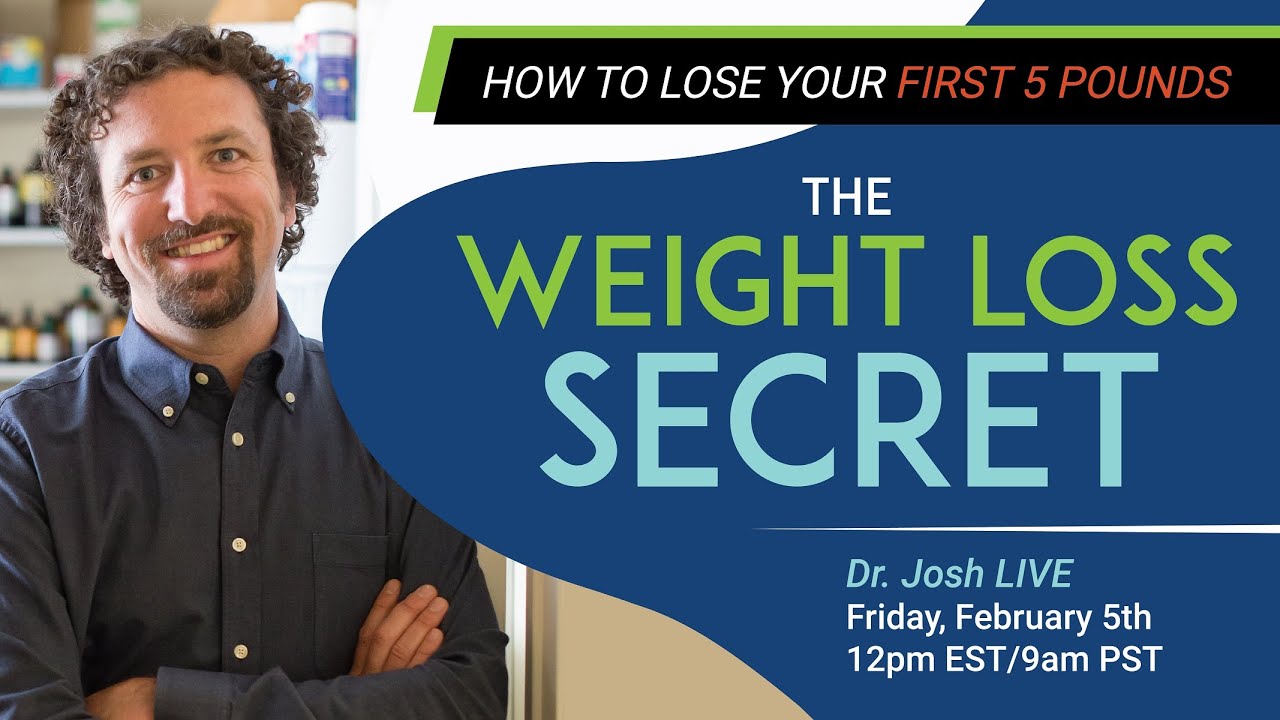Remember Tom and Jerry? Tom was a cat, always on the hunt and Jerry was the mouse who usually narrowly escaped. Poor Jerry was always under lots of stress. When a mouse sees a cat, stress hormones (including cortisol and adrenaline) quickly flood the mouse’s bloodstream. Those hormones initiate the “fight or flight” reaction that is critical for surviving a life-threatening encounter.
Unfortunately, for most people today, the “fight or flight” response is triggered by unsettling but not life-threatening situations. Your boss yelled at you, you got a flat tire, or you can’t get online. These are not life-threatening events…but our stress management system reacts as if they are. There’s nothing terribly unhealthy about the stress response like that happening every once in a while, but when it happens all day every day, for weeks, months, or years…that activated system leaves you with chronically elevated cortisol levels and a whole host of problems that come along.
This post will help you with some easy ways to keep that cortisol down…
-JL
Stress is an inevitable part of life. That big project at work that is due by tomorrow, the endless house cleaning that you can never seem to get ahead on, feeling pulled in a thousand different directions and unable to juggle it all. We’ve all been there. Unfortunately, many of us live in a constant state of stress, unable to relax and recover from high levels of cortisol zipping around the body and can experience serious health ramifications as a result. So what exactly is cortisol and how can you lower it? Read on to find out.
What is cortisol?
Cortisol is the primary stress hormone in the body that is produced by the adrenal glands. It is released by the brain at moments of increased intensity to help the body cope with physically or emotionally stressful situations. This hormone is not only related to stress, however, cortisol also plays a role in controlling blood sugar and blood pressure levels, regulating the body’s sleep cycles, reducing inflammation, and managing how the body uses carbohydrates fats and proteins.
Why would you want to lower it?
Cortisol sounds good, right? So why would you want less of it in the body? Unfortunately, we live in an increasingly stressed-out society. Everything is fast paced, high energy, and even little things can start to seem like a matter of life and death. Due to this high-stress lifestyle, many people’s cortisol levels are totally out of balance, and instead of abating after a stressful encounter, cortisol levels are staying consistently high for long periods. Studies have shown that over time, this excess cortisol can lead to health issues such as weight gain, high blood pressure, insomnia, negative moods, diabetes, hampered immune system, and reduced energy levels
How to lower cortisol
Step 1: Adjust your diet
As with most health issues, cortisol is impacted by what you eat. Food can either be medicine or poison…the choice is yours. Eating a diet high in processed sugar, alcohol, refined foods, and trans fats can cause chronic inflammation, which, in turn, leads to high cortisol levels, and other hormonal imbalances.
It is essential that you manage your blood sugar properly and eat an anti-inflammatory diet that is low in processed foods, and high in healthy proteins, fiber, and antioxidants. Eating a whole foods diet will help your entire body function properly and reduce cravings for inflammation-causing foods while supporting a healthy adrenal system and encouraging weight loss, increasing energy, and improving sleep.
Be sure to include the following foods in your diet to help reduce cortisol levels:
- Bananas
- Pears
- Coconut
- Olive oil
- Nuts
- Seeds
- Eggs
- Fish
- Grass-fed beef
- Foods high in probiotics such as yogurt and kefir
- Vegetables
- Dark chocolate
- Black or green tea
It is also essential to drink lots of water, as dehydration is another factor that contributes to increased cortisol levels.
Step 2: Manage stress
Though it may seem like a no-brainer, it is impossible to lower cortisol levels without first identifying the sources of stress in your life and removing yourself from the environment. Of course, this isn’t always possible, so in the areas where you cannot eliminate the stressor, you must teach yourself to cope with stress in a healthy way. Train yourself to be aware of the physical and mental signs of stress and work through them using the following techniques.
- Spend time in nature: Physical setting plays a huge role in mental health. Spending time outdoors is a well-documented form of relaxation and stress management. Go for a hike, breathe in the fresh air, spend some time in the garden, on the beach, walk through the forest, or any other means you have of accessing the grounding, soothing power of the great outdoors.
- Practice mindfulness: Mindfulness-based stress reduction involves an increasing sense of self-awareness and a healthy recognition of your anxieties along with a renewed focus on the positive. This also goes along with mindful breathing. When you feel your heartbeat increase from stress, take a few minutes and close your eyes. Focus on taking deep breaths in and out and feel the tension leaving your body.
Step 3: Get good quality sleep
Prolonged sleep deprivation or lack of quality sleep can lead to increased cortisol levels. Make sure that you are getting adequate sleep and sticking to a regular sleep schedule. If you find yourself having trouble falling asleep or wake up a lot through the night, try the following:
- Don’t use your phone or laptop right before bed
- Develop a nightly routine to help you wind down
- Go for a walk after dinner
- Drink a cup of chamomile tea
- Avoid caffeine in the evening
-The UpWellness Team









